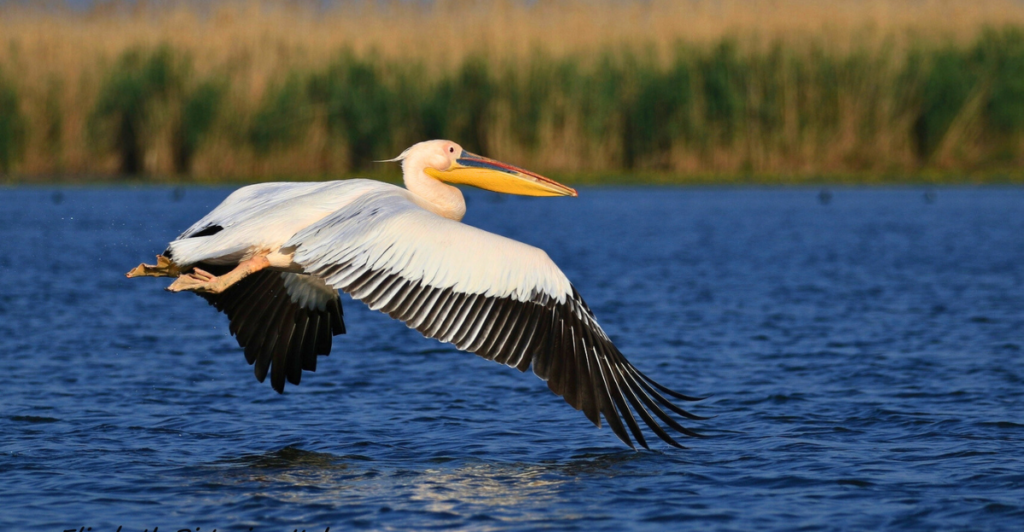
Coastal marshes are vibrant ecosystems that serve as essential habitats for many bird species. These wetlands provide food, shelter, and breeding grounds for some of America’s iconic birds. Marshes also act as natural barriers against storms and support biodiversity. Let’s explore 11 remarkable coastal marshes across the U.S. where these fascinating birds thrive, offering a glimpse into their unique habitats and the incredible wildlife they sustain.
Everglades National Park, Florida
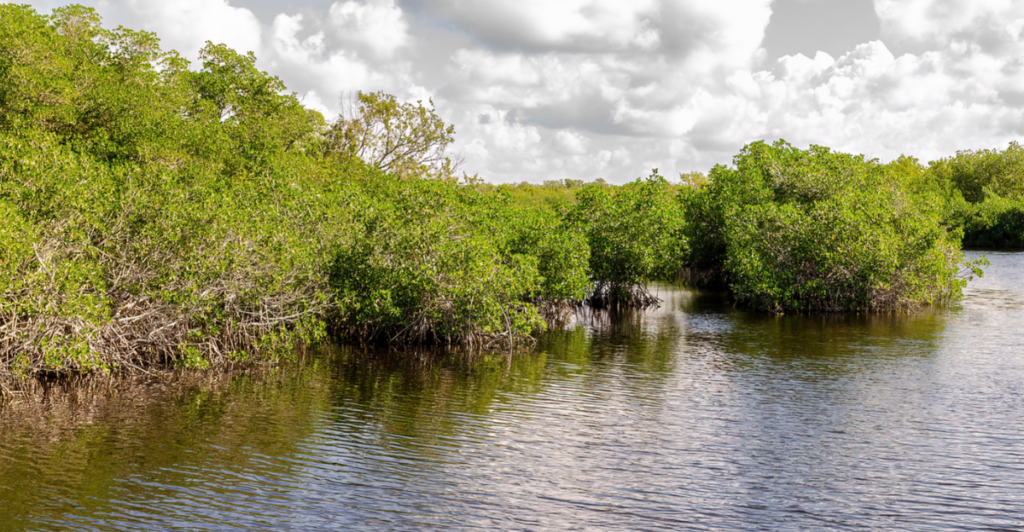
The Everglades, a UNESCO World Heritage Site, is home to wading birds like herons, ibises, and roseate spoonbills. Its expansive marshes and mangroves provide a vital habitat for these species. Birdwatchers flock here to witness migratory patterns and nesting colonies. The Everglades’ complex ecosystem supports a delicate balance of life, making it a haven for bird enthusiasts and a critical area for conservation efforts.
Blackwater National Wildlife Refuge, Maryland
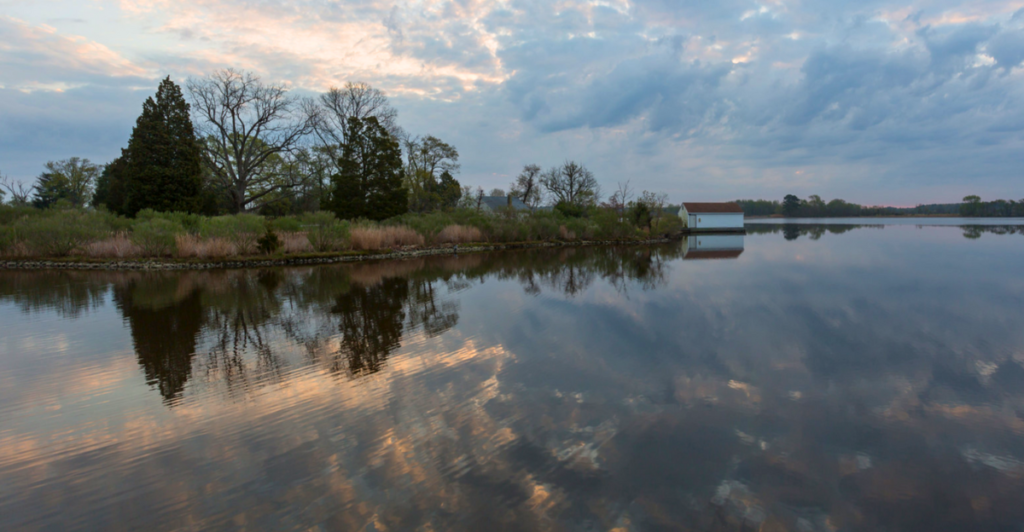
Located along the Eastern Shore, Blackwater National Wildlife Refuge is a prime spot for observing bald eagles and great blue herons. Its tidal marshes are integral to the Chesapeake Bay ecosystem, offering a rich feeding ground for migrating waterfowl, such as tundra swans. This refuge showcases the importance of preserving marsh habitats for diverse bird populations.
Bolsa Chica Ecological Reserve, California
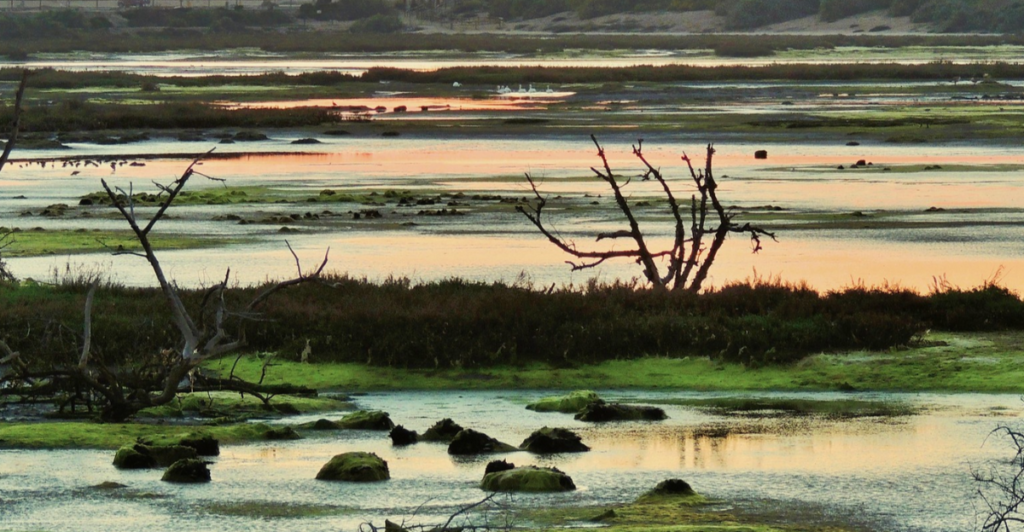
Bolsa Chica, near Huntington Beach, is a coastal wetland that attracts numerous shorebirds, including the endangered California least tern and snowy plover. Its mix of salt marshes and mudflats creates an ideal environment for foraging and nesting. Visitors can enjoy scenic trails and observation points while marveling at the reserve’s commitment to wildlife protection and habitat restoration.
Parker River National Wildlife Refuge, Massachusetts
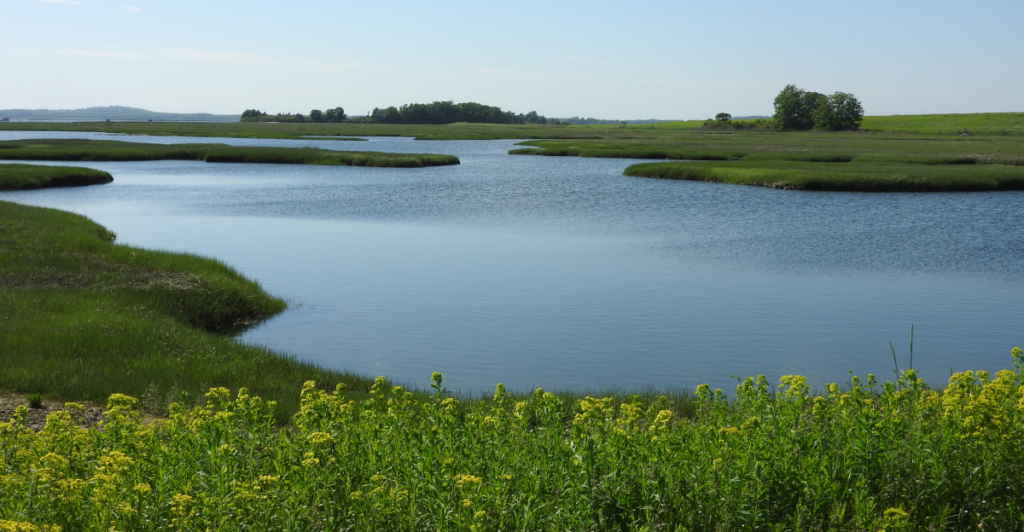
This refuge, nestled on Plum Island, is a hotspot for migratory birds like red knots and semipalmated sandpipers. Its salt marshes and freshwater impoundments provide crucial stopover points during migration. Birders are drawn to its trails and boardwalks, where they can observe rare species and learn about the region’s conservation efforts, which safeguard these critical habitats.
Horicon Marsh, Wisconsin
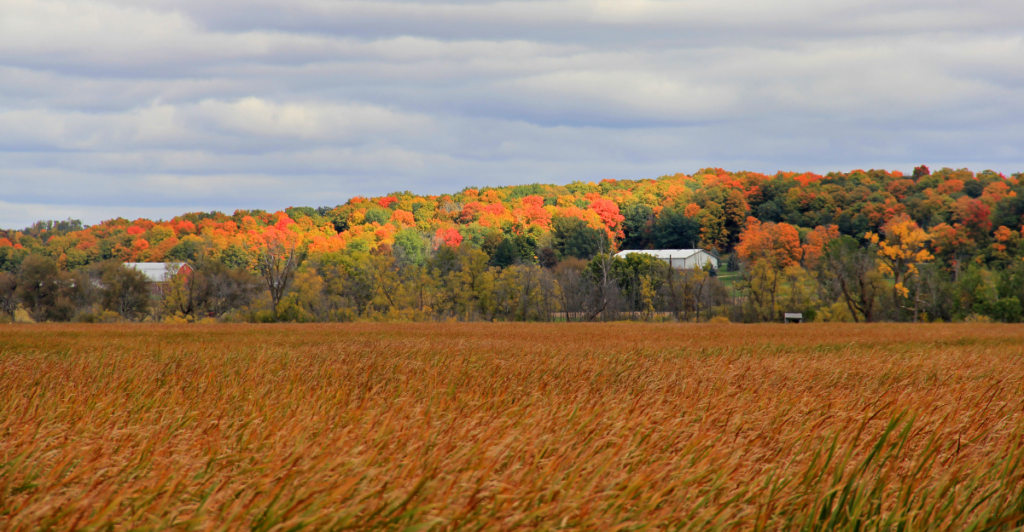
Horicon Marsh, one of the most extensive freshwater marshes in the U.S., is a haven for waterfowl, especially Canada geese. This marsh’s dynamic ecosystem supports various birds, including pelicans and marsh wrens. Its proximity to Lake Winnebago enhances its ecological significance. Guided tours and educational programs help visitors appreciate this unique wetland’s role in bird conservation.
Bombay Hook National Wildlife Refuge, Delaware
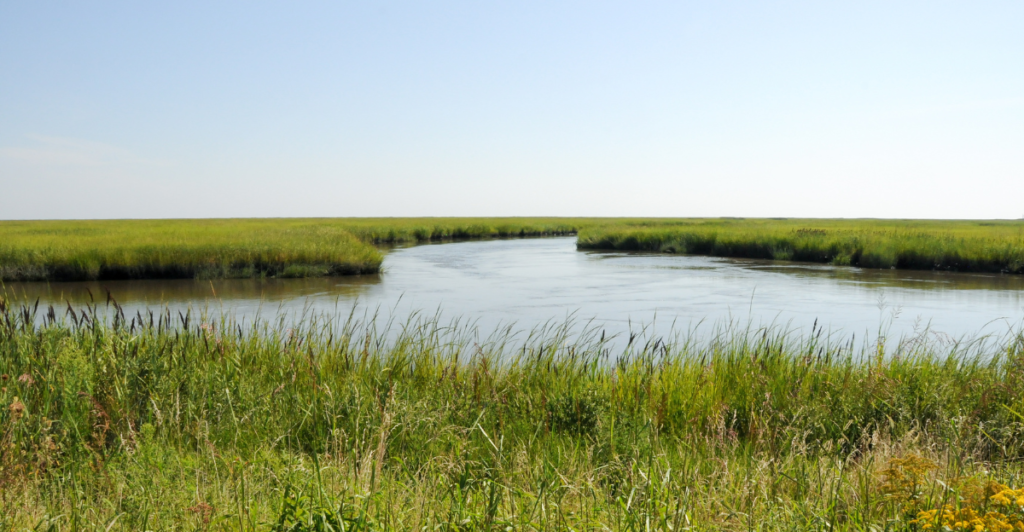
Bombay Hook is a sanctuary for wading birds and waterfowl along the Atlantic Flyway. Its expansive salt marshes host great egrets, black-necked stilts, and many migratory species. The refuge’s strategic location ensures a critical rest stop for birds during long journeys. Visitors enjoy panoramic views and opportunities to connect with nature through birdwatching and photography.
San Bernard National Wildlife Refuge, Texas
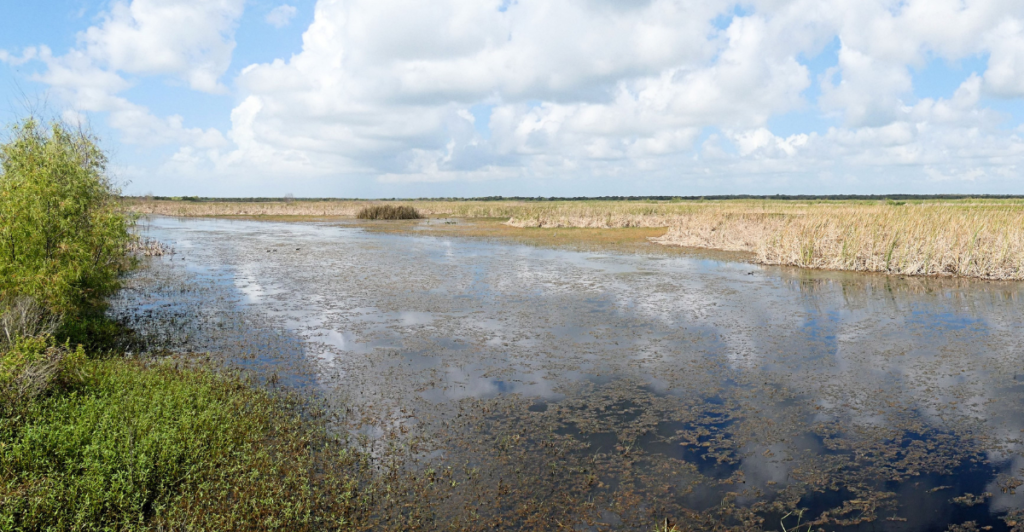
San Bernard’s coastal marshes and prairies are teeming with avian life, from roseate spoonbills to red-shouldered hawks. Part of the Gulf Coast Birding Trail, this refuge is a must-visit for birders. Its brackish wetlands and hardwood forests create a mosaic of habitats, supporting a range of bird species. Seasonal migrations bring colorful visitors, enhancing the refuge’s appeal.
Nisqually National Wildlife Refuge, Washington
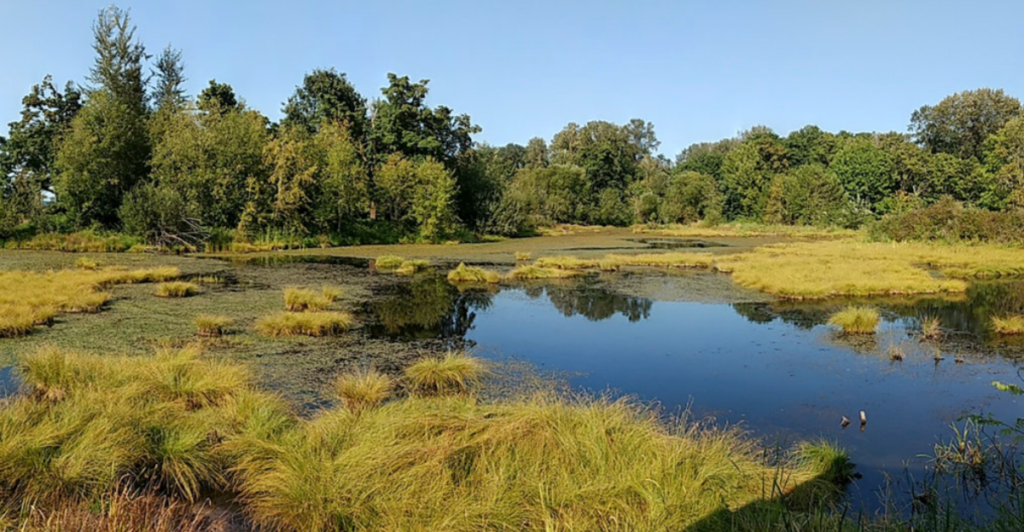
Situated at the southern end of Puget Sound, Nisqually’s estuaries and marshes attract great blue herons, bald eagles, and a variety of waterfowl. The refuge’s tidal flats provide rich feeding grounds for migratory birds. With its scenic trails and educational programs, Nisqually highlights the interconnectedness of marsh ecosystems and birdlife, inspiring visitors to protect these natural treasures.
J.N. “Ding” Darling National Wildlife Refuge, Florida
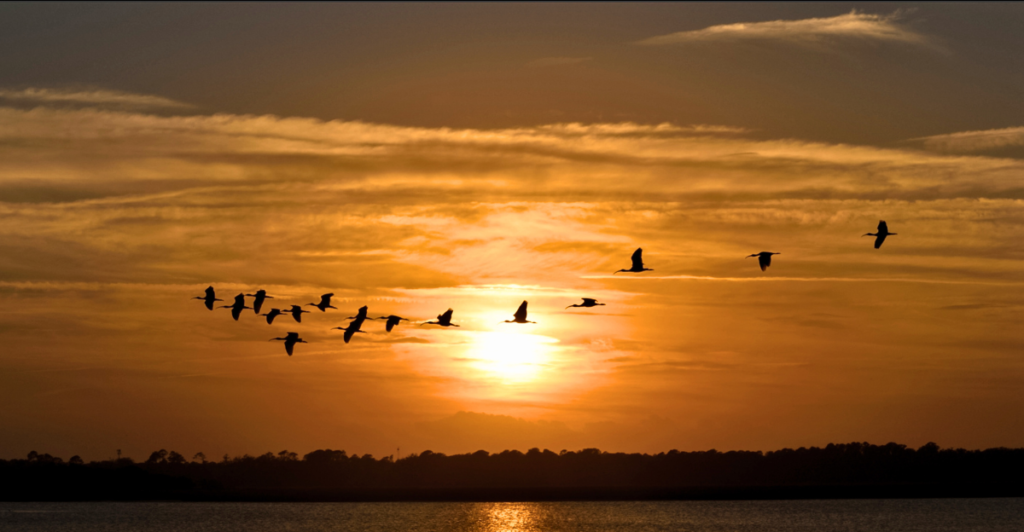
Located on Sanibel Island, this refuge is famed for its bird-rich mangroves and tidal flats. Visitors frequently spot white pelicans, wood storks, and ospreys. The refuge’s eco-friendly approach to wildlife tourism makes it a model for balancing conservation with public enjoyment. Its educational initiatives help raise awareness about preserving coastal marshes for future generations.
Assateague Island National Seashore, Maryland/Virginia
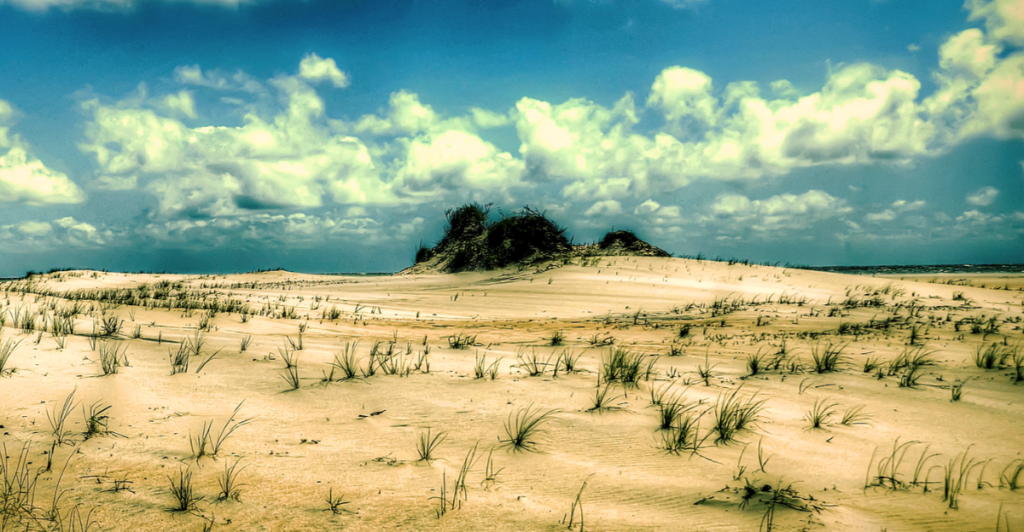
Assateague Island’s salt marshes and coastal dunes provide habitats for birds like snowy egrets and glossy ibises. The island is also known for its wild horses, adding to its allure. Seasonal migrations bring an array of shorebirds to its wetlands, making it a premier destination for birdwatchers. Conservation programs ensure this delicate ecosystem remains a thriving bird and wildlife sanctuary.
Cape Romain National Wildlife Refuge, South Carolina
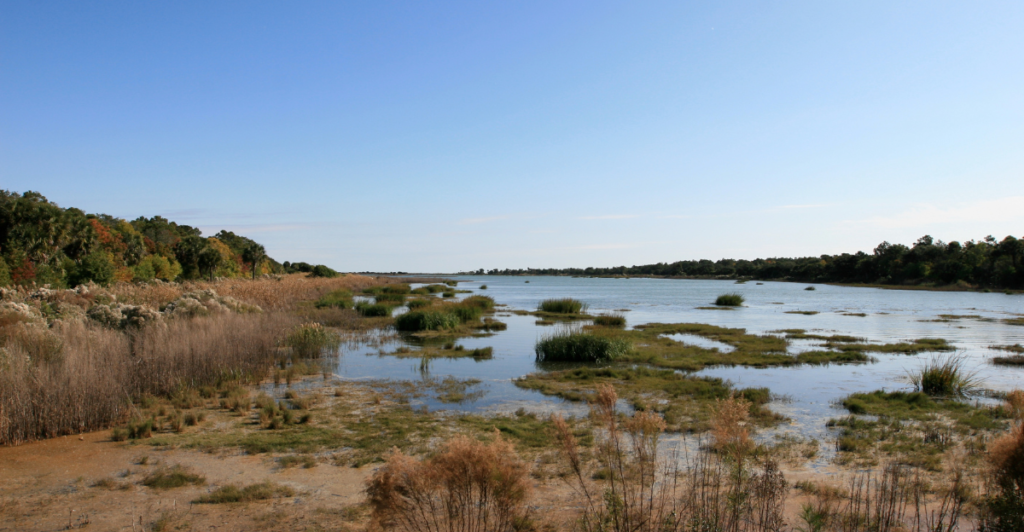
Cape Romain is a mosaic of marshlands, barrier islands, and tidal creeks. The refuge is critical for species like the American oystercatcher and wood stork. Its isolated location offers pristine habitats for nesting and foraging. Visitors can explore its beauty through boat tours and observation areas, immersing themselves in the serene world of coastal marshes and their feathered inhabitants.
Why Coastal Marshes Matter
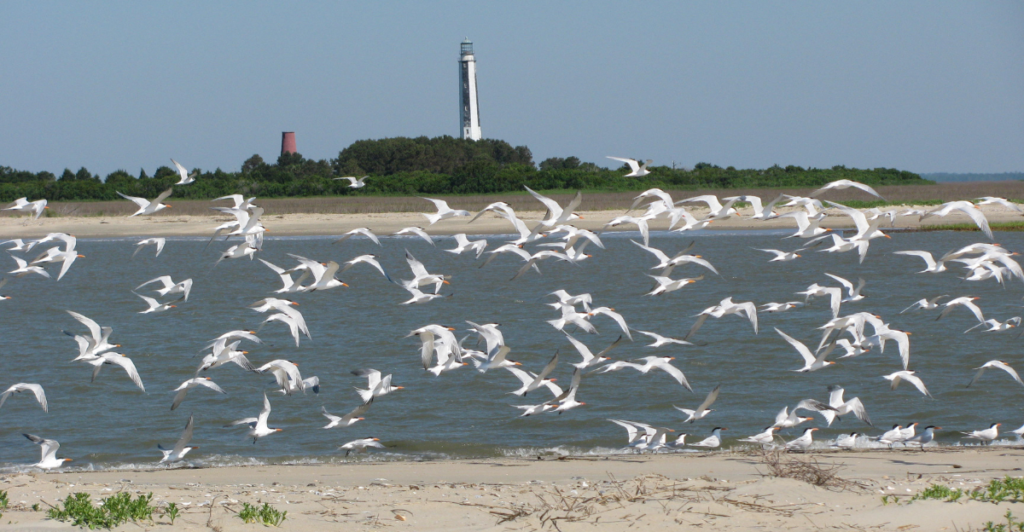
Coastal marshes are picturesque landscapes and vital ecosystems that sustain birdlife and support environmental health. From acting as storm buffers to hosting migratory birds, these wetlands highlight nature’s intricate balance. Preserving these habitats ensures that future generations can enjoy their beauty and biodiversity. By visiting and supporting these marshes, we contribute to their ongoing conservation and the survival of iconic bird species.
Stay connected with us for more stories like this! Follow us to get the latest updates or hit the Follow button at the top of this article, and let us know what you think by leaving your feedback below. We’d love to hear from you!







